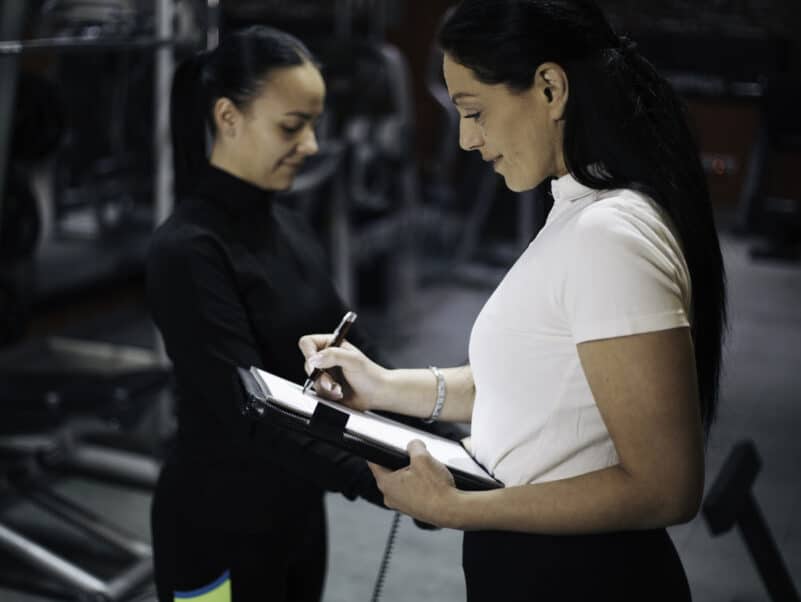Virtual Reality Nutrition
VR may be an effective nutrition education tool.

Virtual reality (VR) may provide nutrition instructors and dietitians with an engaging and exciting way to deliver important lessons on healthy eating, according to a team of Pennsylvania State University researchers.
In their study, published in Frontiers in Computer Science, participants used a virtual knife to slice food items and virtual hands to grab and arrange foods. Results showed that both interactive VR lessons and just watching and listening to instructions in a VR environment were effective teaching methods and could be scaled to reach a wider audience than what can be achieved with one-on-one in-person meetings.
The ability of a simulated 3D environment to induce a feeling that a person is in a body that is inhabiting an actual space may allow for improved learning and establishing some important food principles—including portion control—through virtual reality nutrition.
See also: Nutrition Technology Optimization
Matthew Kadey, MS, RD
Matthew Kadey, MS, RD, is a James Beard Award–winning food journalist, dietitian and author of the cookbook Rocket Fuel: Power-Packed Food for Sport + Adventure (VeloPress 2016). He has written for dozens of magazines, including Runner’s World, Men’s Health, Shape, Men’s Fitness and Muscle and Fitness.


